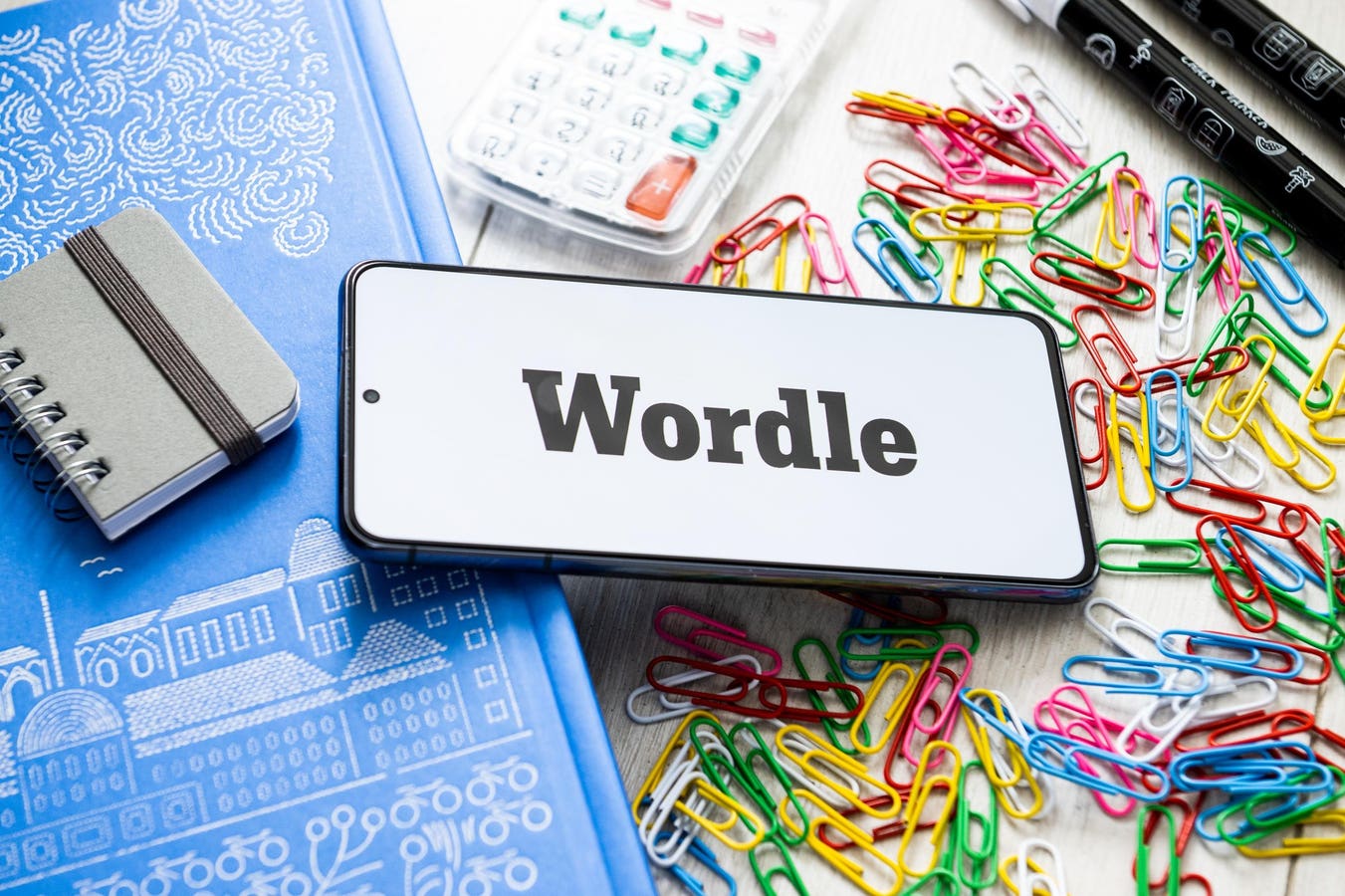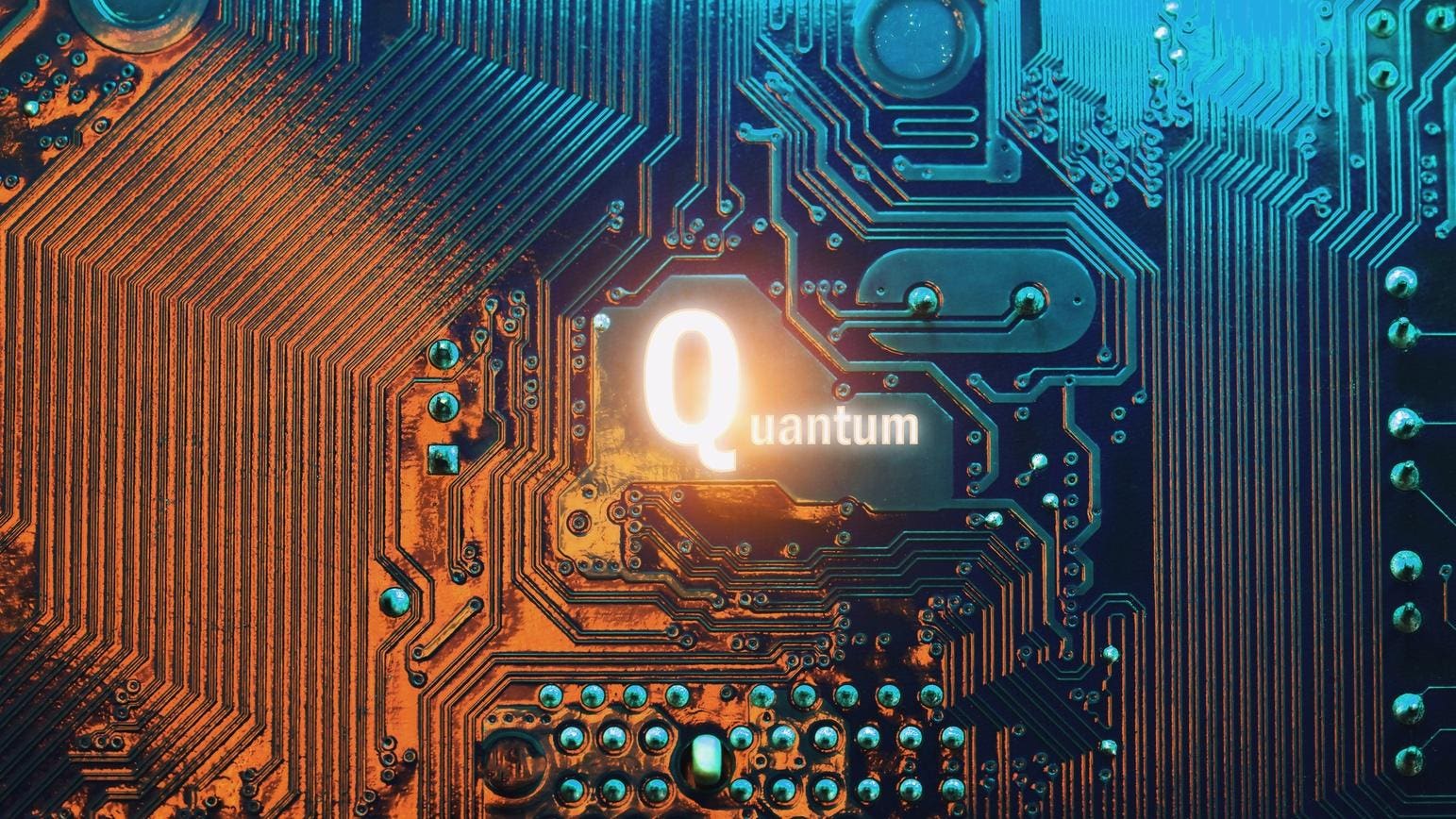Dr. Vibhu Sharma, shaping next generation technologies in the broader areas of automation, cybersecurity, energy efficiency and healthtech.
We’re currently witnessing a historic moment as the United Nations General Assembly declares the International Year of Quantum Science and Technology (IYQ). Quantum physics, once confined to academic circles, is now shaping the world around us in real and tangible ways. From industrial lasers to life-saving MRI machines, the impact of quantum discoveries is already woven into our daily lives.
More recently, we’ve seen a steady stream of headlines about breakthroughs in quantum computing—each one bringing us a step closer to what was once the realm of science fiction. Despite significant advances, the practical mainstream deployment of quantum computing is yet to come.
The question of finding the quantum application that presents the lowest hurdle for adoption and the one with the highest impact remains a million-dollar question.
QKD (quantum key distribution) is one such area of quantum technology that is transcending from theory to reality. Based on Heisenberg’s uncertainty principle and the quantum no-cloning theorem, QKD systems theoretically enable unbreakable security. Although finding the practical deployment sector is still, by and large, a work in progress.
Before we delve into the practical applications of quantum security, it’s essential first to understand our current standing with QKD technology. Over the past decade, numerous successful QKD trials have been conducted worldwide, exploring various configurations and approaches. These trials have varied in terms of distance—ranging from a few hundred meters to several tens of kilometers—and have focused on performance metrics such as composable secret key rates, which, so far, typically remain below 500 kbps.
Despite these advances, QKD is still largely limited to point-to-point network topologies. This is mainly due to the current limitations in optical repeater technology, which is not yet mature enough to support more complex or long-range networks. As a result, the scope for practical, large-scale deployment of QKD remains constrained in many real-world applications.
QKD Relevance For Microgrids
Microgrids are cyber-physical systems comprising distributed energy generators and control mechanisms that ensure the resilience of their operations. Several distributed energy generators establish consensus based on drop measurements to determine the grid frequency. Distributed generators must share their frequency and power with neighboring generators and receive information on power and frequency from them through the communication network orchestrated via the secondary controller. The adversary targeting the microgrid operation can tamper with and falsify the control action, resulting in the system’s collapse unless a secure communication control mechanism exists.
The communication links for microgrids are shorter compared to many other network systems and fit well within the practical feasibility range of QKD, with no requirements for quantum repeaters. Furthermore, components in smart grid infrastructure require communication with a small set of devices, not changing over the lifetime of the network. With the result, third-party authentication of the agents participating in QKD is ensured, thereby overcoming one of the major limitations of QKD, support for node authentication.
Future Directions And Challenges
The adoption of QKD still faces many challenges in both technological and practical aspects. QKD fundamentally relies on the transmission and detection of quantum states (for example, photons), and the availability of true single-photon sources is a challenge. Similarly, it requires highly sensitive detectors and mechanisms to mitigate photon loss during transmission. Practical deployment also needs to manage the security of classical channels, key management issues and high costs associated with the highly specialized QKD equipment.
Current QKD systems are typically bulky and rely on numerous expensive, discrete components. In addition to cost, another key challenge is achieving a high secret key rate suitable for practical applications. This rate is closely tied to photon loss in optical fibers, which can be mitigated through stable and well-designed network architectures.
To address the cost issue, the industry can leverage recent advances in integrated photonics. This technology offers significant potential to reduce both the size and cost of QKD systems by enabling fully integrated implementations of both transmitters and receivers.
Energy business leaders should start embracing the prospects of migrating to quantum cybersecurity, given the nature of the threat and its impact, as energy infrastructure is a critical component of the overall national security apparatus. The energy infrastructure communication roadmap must plan for quantum security solutions, and the business strategy needs to address the impact on the cost structure, value chain and capability build-up required for adoption.
The role of sector-specific standardization, technology differentiation, parts and control over critical differentiators in the value chain presents an immense business opportunity for both incumbents and disruptors.
Forbes Technology Council is an invitation-only community for world-class CIOs, CTOs and technology executives. Do I qualify?









